The Light Beyond the Storm Chronicles: Book 1
by A.L. Butcher
Genre: Dark Fantasy Romance
A beautiful young elven sorceress flees for her life in a dark world where magic is forbidden and elves
are enslaved. A world in which her very existence is illegal. Watching her are the Order of Witch-Hunters;
the corrupt organisation that rule Erana by fear and ignorance. An iron fist which itself is watched. As the
slavers roll across the lands stealing elves from what remains of their ancestral home the Witch-Hunters
turn a blind eye to the tragedy, and a story of power, love and a terrible revenge unfolds.
3rd Edition - revised and expanded.
*18+* age limit - this contains adult themes, including scenes of a sexual nature, violence, slavery and
some profanity.
Amazon * Apple * B&N * Kobo * Website/Blog
The Shining Citadel
The Light Beyond the Storm Chronicles Book 2
In a dark world where magic is illegal and elves live as slaves, a desperate elf and her human
companion seek aid from the mysterious sorcerer, Archos and his lady, the sorceress Dii’Athella. Hoping
to unearth the secrets of the Shining Citadel, lost for centuries in the mists of magic and time, they begin
a dangerous and arduous journey. Could these secrets change the lives of an oppressed people or will
such information bring about a worse fate?
Yet all is not as it first appears for the corrupt Order of Witch-Hunters watch from afar and one man’s
obsession leads to a deadly trap. Avarice and betrayal are everywhere; who can be trusted? Creatures
long thought dead rise in the darkness, and forgotten magic burns with a bitter flame.
Who makes the rules in this game of intrigue and lies? Shattered beliefs and unwelcome truths abound
in an adventure filled with magic, passion, greed and revenge.
18+ rating - contains scenes of both sex and violence.
Extra warning - contains elves!
The Stolen Tower
The Light Beyond the Storm Chronicles Book 3
What stalks the land cannot be, but is.
Where magic is outlawed a troll Shaman calls from her deathbed to her heiress, Mirandra Var, daughter
of the storm. Mirandra vows to find her missing kin, sort friend from foe, and claim the dangerous secrets
guarded by unthinkable creatures. If she succeeds, she will become the leader of her tribe. If she fails
there, will be no tribe to lead.
Please note 18+ rated. This contains scenes of violence and sexual situations.
British-born A. L. Butcher is an avid reader and creator of worlds, a poet, and a dreamer, a lover of
science, natural history, history, and monkeys. Her prose has been described as ‘dark and gritty’ and her
poetry as ‘evocative’. She writes with a sure and sometimes erotic sensibility of things that might have
been, never were, but could be.
Alex is the author of the Light Beyond the Storm Chronicles and the Tales of Erana lyrical fantasy series.
She also has several short stories in the fantasy, fantasy romance genres with occasional forays into
gothic style horror, including the Legacy of the Mask series. With a background in politics, classical
studies, ancient history and myth, her affinities bring an eclectic and unique flavour in her work, mixing
reality and dream in alchemical proportions that bring her characters and worlds to life.
She also curates for a number of speculative fiction themed book bundles on BundleRabbit.
Her short novella Outside the Walls, co-written with Diana L. Wicker received a Chill with a Book
Reader’s Award in 2017 and The Kitchen Imps won best fantasy for 2018 on NN Light Book Heaven.
Alex is also proud to be a writer for Perseid Press where her work features in Heroika: Dragon Eaters;
and Lovers in Hell – part of the acclaimed Heroes in Hell series. http://www.theperseidpress.com/
GUEST POST
Fantasy
in society – Guest Post – A. L. Butcher
Fantasy
and myth are the core of our culture in the West. It’s not just
stories for kids, Disney princesses and unicorns. Think about it how
the language of myth, heroes and fantasy permeate the language: A
Herculean task; Achilles heel; Sword of Damocles. I’m sure most of
us have heard at least one of these phrases, even if we don’t know
who Hercules, Achilles or Damocles were.
Wikipedia
defines fantasy as “Fantasy is
a genre of fiction that
commonly uses magic and
other supernatural phenomena
as a primary plot element, theme,
or setting.
Many works within the genre take place in imaginary
worlds where magic and magical
creatures are common. Fantasy is generally distinguished
from the genres of science
fiction and horror by
the expectation that it steers clear of scientific and macabre
themes, respectively, though there is a great deal of overlap between
the three, all of which are subgenres of speculative
fiction.
In popular
culture, the fantasy genre is predominantly of
the medievalist form,
especially since the worldwide success of The
Lord of the Rings and related books by J.
R. R. Tolkien. In its broadest sense, however, fantasy comprises
works by many writers, artists, filmmakers, and musicians, from
ancient myths and legends to
many recent works embraced by a wide audience today.”
And
again “The identifying traits of fantasy are the inclusion of
fantastic elements in a self-coherent (internally consistent)
setting, where inspiration from mythology and folklore remains
a consistent theme.[2] Within
such a structure, any location of the fantastical element is
possible: it may be hidden in, or leak into the apparently real world
setting, it may draw the characters into a world with such elements,
or it may occur entirely in a fantasy
world setting, where such elements are part of the
world.[3] Essentially,
fantasy follows rules of its own making, allowing magic and other
fantastic devices to be used and still be internally cohesive.[4]”
Take
Britain – we have Robin Hood (who may or may not have really
existed) who stands up against a wicked king and his sheriff to fight
on behalf of the poor. Again, a personification of the fight of good
vs evil.
We
have King Arthur and his magic sword, Excalibur. Arthur is entrenched
firmly in British culture as is St George and his Dragon. Sounds like
fantasy and folklore to me…. There are several places which claim
links to Arthur, and Camelot. The royal family has, at times, claimed
descent from King Arthur (not to mention Aeneas and even Jesus
Christ).
And
so, the list goes on. One only has to look at the popularity of the
Hobbit, Lord of the Rings, Harry Potter, Shakespeare wrote fantasy –
namely A Midsummer Night’s Dream and The Tempest. Fantasy, myth and
folklore tale have been told since first people sat around a fire,
perhaps trying to explain the world and the many incredible events
therein, and perhaps it was just a way to make things a little more
exciting. Homer’s Odyssey, Norse Mythology and even Indian and
Japanese myths and influences are there, and as popular as ever.
I
am British, and Britain has a very rich heritage of myth and
folklore; we have dragons, we have knights who slay them, we have
mythical kings and magic swords, we have monsters inhabiting Scottish
Lochs, we have fairies, pixies and ghosts aplenty, we have heroes and
antiheroes. Yet many people scoff at fantasy, thinking it is
simply elves, dwarves or similar; a genre read by geeks and nerds.
Well yes, in part it is, but fantasy and folklore have been with us
from the dawn of time in one form or another.
St
George’s heart (allegedly) lies in Windsor and was a favoured relic
of King Henry V, who invoked him at the siege of Agincourt (1415),
where the English were victorious against the French, but later kings
have claimed his protection and as the patron saint of England his
influence is firmly entrenched.
There
are other local English myths – including one in an Essex village
where a dragon (probably a crocodile escaped from the king’s
menagerie) was killed by a local nobleman – one Sir George Marney.
The Uffington White Horse, in Berkshire, England (an ancient white
chalk horse cut into the landscape) has a dragon myth. There is a
hill named Dragon Hill, is claimed by Thomas Hughes in his book The
Scouring of the White Horse (1859) to have been the site of the
slaying of the dragon by ‘King George’. The bare patch is
supposed to be where the blood of the dragon spilled, nothing will
grow. Hughes cites another region, Aller in Somerset, where a
shepherd tells of a hill which saw the death of the dragon and the
burial of its slayer. The horse at Uffington is itself curious being
linked with Alfred the Great, (878 AD) Hengist the Anglo-Saxon
leader, Celtic (100BC) but in fact has been in existence since the
Bronze Age – around 1000BCE. Brinsop in Herefordshire also claims
ownership of St George – its parish church has a medieval carving
of the deed being done. The dragon apparently residing in the local
‘Dragon’s Well’ and the next village being known as Wormsley –
‘worm’ or ‘wyrm’ being an alternate word for dragon.
Giants
have been a feature in mythology and literature for centuries;
Cormoran, Gog
and Magog, Goliath, the giant slain by David, Polyphemus (see my
post about cyclopes), the Brobdingnag giant,
from Jonathan Swift's Gulliver's
Travels, the giant from Jack and the Beanstalk and many
more. Perhaps based on the discovery of huge bones and enormous stone
‘seats’ the mythology around this particular creature is diverse.
After all, if you lived a thousand years ago, knew nothing of
dinosaurs, or evolution, or science and you dug up a leg bone taller
than yourself you might just think it was from a giant man.
Cormoran
is a Cornish giant, who features in Jack the Giant Killer, and gets a
rum deal as the first giant slain by Jack, a farmer’s son, who is
fed up with the local giant raiding his cattle. Luring the giant into
a pit trap the wily lad then goes on to receive the giant’s wealth
and magic sword. Continuing his adventures in the world of
giant-slaying Jack goes on to slay a two-headed Welsh giant, is
captured by Blunderbore,
who has sworn revenge for Comoran’s death and held in an enchanted
tower. The giant is no match for Jack and ends up as dead as his
friend. Not content with this Jack works his way through the
giants’ land, eventually rescuing a Duke’s daughter, whom he
later marries. It’s the age-old story of the simple lad (Jack,
David etc.) overcoming adversity, monsters, wicked creatures and
ending up rich and powerful, leaving a trail of bodies in his wake –
albeit the bodies of said monsters.
So
what of Cormoran – what’s his myth? Said to inhabit and to have
built St Michael’s Mount, in Cornwall (which got its name because
of a said vision of the Archangel in the 8th Century), he
rather a feisty fellow, but not endowed in the brain department. ‘Of
fierce and grim countenance’ (James Orchard Halliwell-Phillips
1861) the giant is known for terrorising the neighbourhood and making
off with cattle and other livestock. Wading across the river he would
steal half a dozen at a time, and tie sheep and pigs around his
waist. Some folklore states there were two giants – who fought and
killed one another – or the giant’s family also resided there.
The giant was said to have six digits on each hand (which would have
been useful in hauling rock, no doubt). And during an excavation a
skeleton of a very tall man (7 feet or more) was found.
Cormelian
was the giantess who also inhabited the caves and brought mayhem.
Both the giants are thought to have fetched white granite from the
neighbouring area and carried it ‘in their aprons’ to build a
stronghold. One day when the male giant was asleep Cormelian tried to
get closer greenstone, but awoke her husband, who kicked her, making
her drop the stone which came to rest alongside the causeway. The,
of course, Cormoran encountered a young farmer’s lad and his woes
became far worse than a clumsy wife and marital abuse.
Cormoran
is sometimes linked with Trencrom – and the two are believed to
have thrown rocks back and forth at one another, unfortunately one
hit the giant’s wife and killed her.
Interestingly
the name Cormoran is NOT a Cornish name – it may be a corruption of
Corineus – the
legendary founder of Cornwall who was also said to have defeated the
giant (Gogmagog) near the region of St Michael’s Mount, as told by
Geoffrey of Monmouth’s great Historia
Regum Britanniae. The base myth may have been of
Brythonic (Celtic) origin, and King Arthur is believed to have smote
a giant in roughly the same region.
Then
came to [King Arthur] an husbandman ... and told him how there was
... a great giant which had slain, murdered and devoured much people
of the country ... [Arthur journeyed to the Mount, discovered the
giant roasting dead children,] ... and hailed him, saying ... [A]rise
and dress thee, thou glutton, for this day shalt thou die of my hand.
Then the glutton anon started up, and took a great club in his hand,
and smote at the king that his coronal fell to the earth. And the
king hit him again that he carved his belly and cut off his
genitours, that his guts and his entrails fell down to the ground.
Then the giant threw away his club, and caught the king in his arms
that he crushed his ribs ... And then Arthur weltered and wrung, that
he was other while under and another time above. And so weltering and
wallowing they rolled down the hill till they came to the sea mark,
and ever as they so weltered Arthur smote him with his dagger.
(Sir
Thomas Malory in 1485 in the fifth chapter of the fifth book
of Le
Morte d'Arthur)
SOURCES
The
Lore of the Land (Westwood and Simpson 2006).
A
Natural History of the Unnatural World (Jo Levy - Carroll and Brown,
London)
$20 Amazon
Follow the tour HERE for special content and a giveaway!

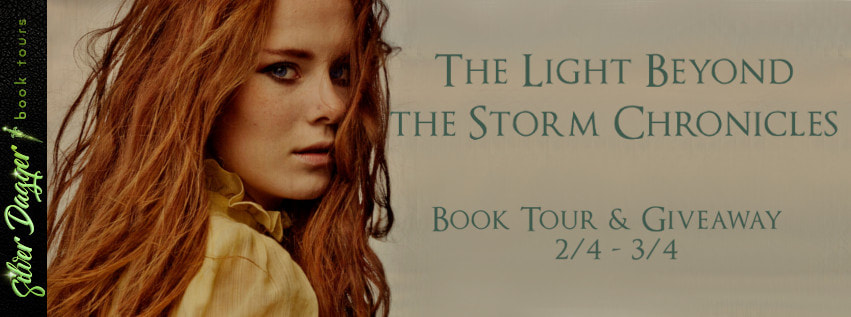
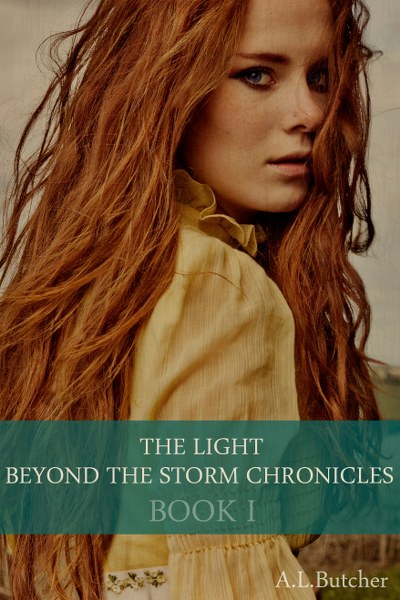

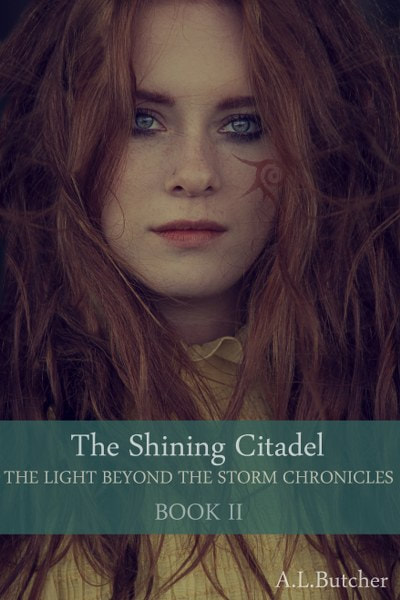
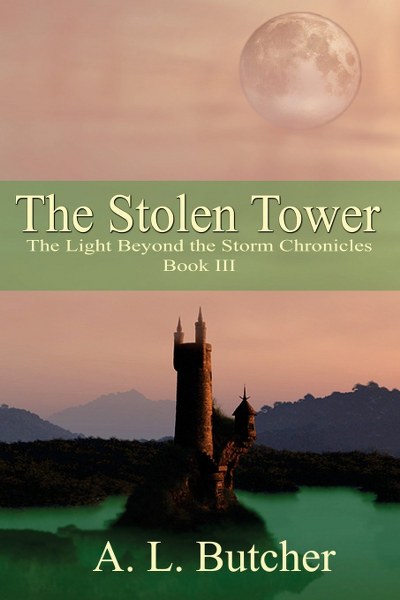


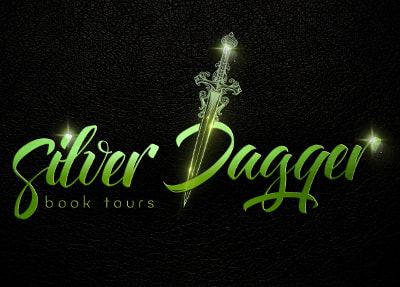
No comments:
Post a Comment